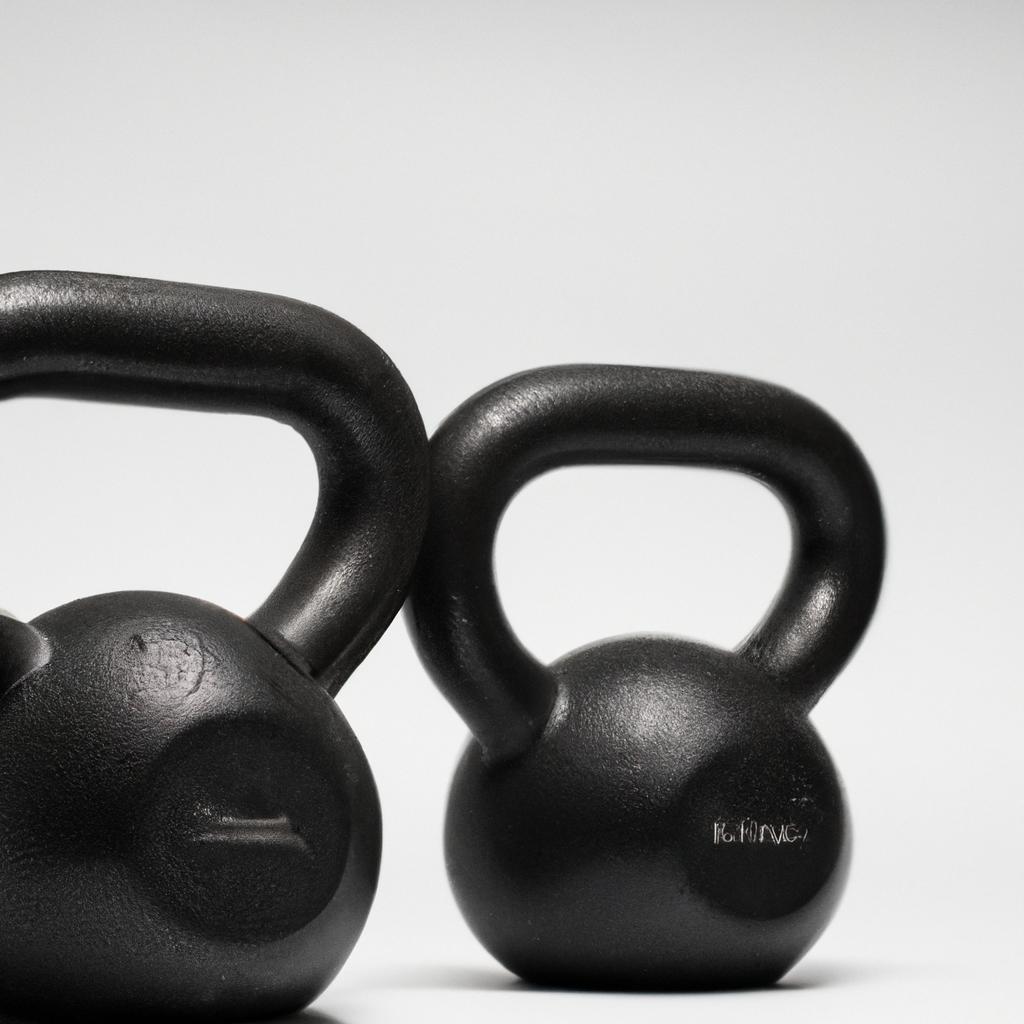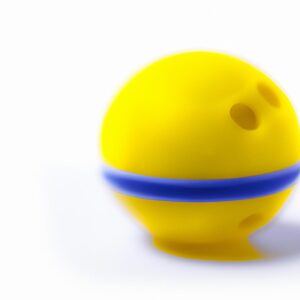Unlocking Power: Mastering Rest in Kettlebell Circuits
The Role of Rest and Recovery in Kettlebell Circuit Training: Optimal Timing and Techniques
Kettlebell circuit training builds strength, improves cardiovascular fitness, and enhances athletic performance. This method engages multiple muscle groups and adapts to various fitness levels. However, many practitioners overlook a vital part of effective training: rest and recovery. This article highlights the importance of rest and recovery, discussing optimal timing and techniques for maximizing performance and minimizing injury risk.
Understanding the Need for Rest
Rest is essential for muscle recovery and growth, not just a break from exercise. Kettlebell exercises stress muscles, causing microscopic tears in muscle fibers. During rest, the body repairs these fibers, making them stronger and more resilient.
The Science of Muscle Recovery
Muscle recovery includes several physiological processes. After intense kettlebell sessions, the body repairs muscle fibers, replenishes energy stores, and removes waste products. This process is crucial for muscle growth and overall fitness. Studies show that adequate recovery improves muscle strength, endurance, and performance.
Factors Influencing Recovery Time
Recovery time varies based on individual factors like workout intensity, duration, and fitness levels. Beginners may need longer recovery periods as their bodies adapt to new stressors. In contrast, experienced athletes often have shorter recovery times due to their adaptation to higher training loads. Higher intensity workouts typically require longer rest periods than moderate-intensity sessions.
Optimal Rest Timing
Timing your rest during kettlebell circuit training balances workout intensity and recovery. Proper rest intervals enhance performance and allow you to push harder in subsequent sets.
Rest Between Sets
Take 30 to 90 seconds of rest between sets. For high-intensity kettlebell exercises like swings or snatches, longer rests of 1.5 to 2 minutes may work better. These longer breaks help your heart rate decrease and muscles recover. For moderate-intensity circuits or lighter kettlebell exercises, shorter rest intervals may be sufficient. Always listen to your body; if fatigue persists or your form deteriorates, extend your rest.
Rest Between Circuits
After completing a circuit, take a longer break of 2 to 5 minutes. This extended rest allows your heart rate to normalize and gives your muscles time to recover before starting again.
Conclusion
Incorporating rest and recovery into kettlebell circuit training optimizes performance and reduces injury risk.
Below are related products based on this post:
FAQ
Why is rest and recovery important in kettlebell circuit training?
Rest and recovery are crucial in kettlebell circuit training because they allow the body to repair muscle fibers that have been stressed during workouts. This process not only aids in muscle recovery and growth but also enhances overall fitness, strength, and endurance. Without adequate rest, the risk of injury increases, and performance can decline.
How long should my rest periods be between sets and circuits?
For rest between sets, it is recommended to take 30 to 90 seconds, and for high-intensity kettlebell exercises, longer rests of 1.5 to 2 minutes may be more beneficial. After completing an entire circuit, a longer break of 2 to 5 minutes is advised to help your heart rate normalize and allow for proper muscle recovery.
Does recovery time vary based on individual fitness levels?
Yes, recovery time does vary based on individual factors such as workout intensity, duration, and fitness levels. Beginners may require longer recovery periods as their bodies adapt to new stressors, while experienced athletes usually have shorter recovery times due to their adaptation to higher training loads. Generally, higher intensity workouts necessitate longer rest periods compared to moderate-intensity sessions.















Post Comment